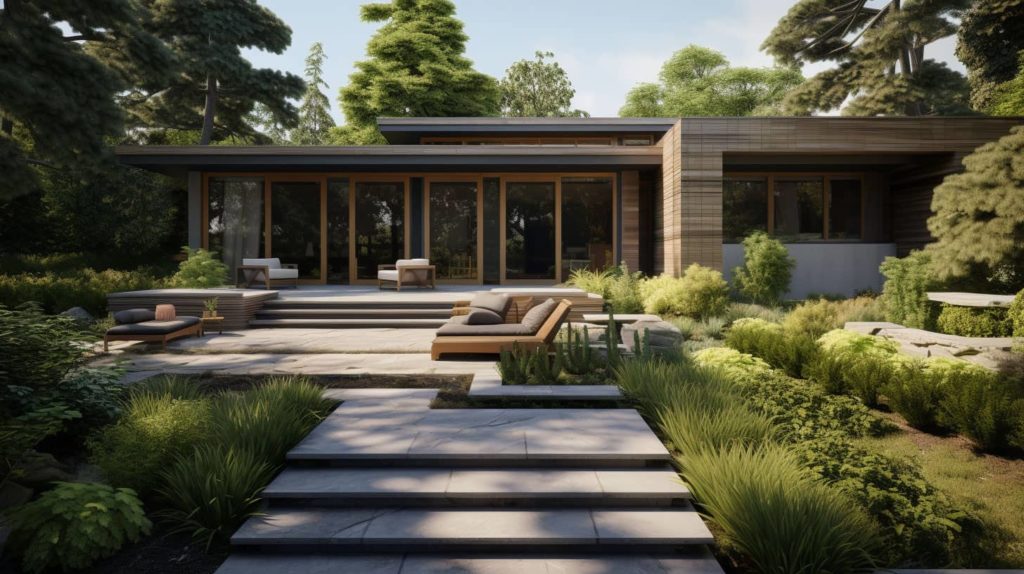
What Is Mid-Century Modern Landscaping?
Welcome to the world of mid-century modern landscaping! This style combines organic, sustainable elements with geometric shapes and textures to create a unique look that will bring beauty and character to your backyard. From selecting the best plants, trees, and design elements to proper maintenance and care for your outdoor space, this article will help you create a stunning mid-century modern landscape.
- Mid-Century Modern Landscaping combines modern and natural elements.
- It emphasizes simplicity, longevity, and balance between manmade structures and natural elements.
- The style incorporates curved shapes, clean lines, and natural elements for privacy and light.
- Recommended plants for Mid-Century Modern Landscaping include native wildflowers, evergreens, easy-to-maintain perennials, and colorful annuals.
What is Mid-Century Modern Landscaping?
Mid-Century Modern Landscaping is a style of landscaping popularized in the 1950s and ’60s that combines modern elements with natural features. It’s an organic, sustainable, and geometric approach to landscape design. This type of landscaping fuses contemporary structures, like walkways and seating arrangements, with plants, trees, shrubs, and other vegetation. Mid-Century Modern Landscaping emphasizes simplicity and longevity over trends or current fashions. Its goal is to create an aesthetically pleasing atmosphere that stands the test of time. What sets Mid-Century Modern Landscaping apart from other styles is its focus on balance between manmade structures and natural elements. It focuses on creating harmony between them by emphasizing form and texture rather than color or pattern. When done correctly, it can create a beautiful environment that looks timelessly elegant while also being low maintenance. What is modern landscape design? Mid-century modern landscaping pays homage to past designs while incorporating new technologies to ensure your outdoor space remains beautiful for years to come. What is mid-century modern landscaping? It’s a combination of old-world charm blended with contemporary touches.
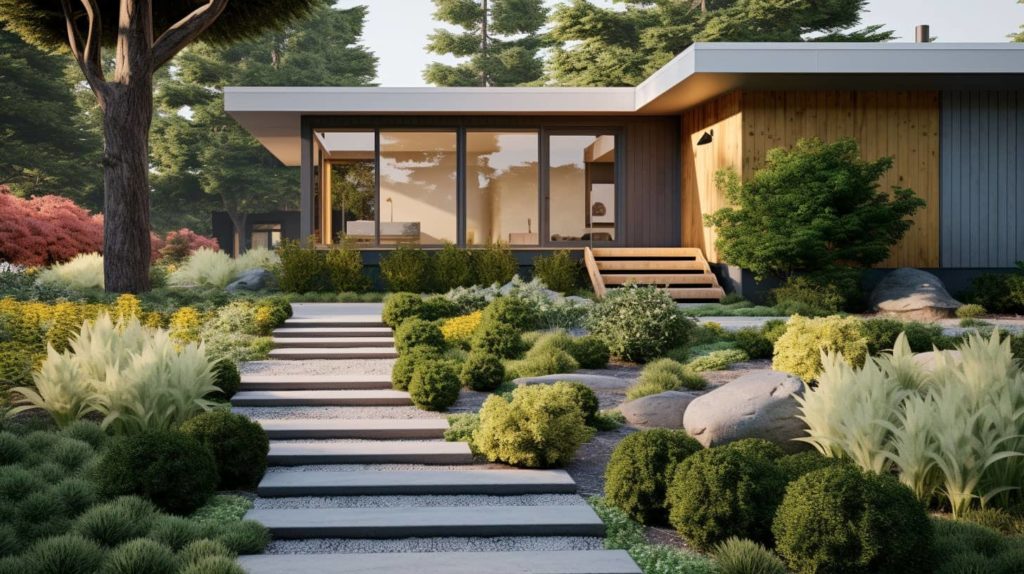
History of Mid-Century Modern Landscaping
You’ve likely heard of the style, but do you know its history? Mid-Century Modern Landscaping began in the mid-20th century as a response to traditional landscaping designs that were overly ornate and formal. It was a break from the past that sought to create an aesthetic that was organic, sustainable, and geometric. This style of design used natural materials such as stone, wood, and plants to create landscapes that reflected nature’s beauty without being overly cluttered or overgrown. The emphasis was on creating simple yet effective designs which allowed for maximum impact with minimal effort. Many architects embraced this style of landscaping as it allowed for easy maintenance while still providing a stunning visual effect.
The use of curved shapes and clean lines in mid-century modern landscaping created an atmosphere that felt both tranquil and inviting. Natural elements like trees and shrubs provided privacy while still allowing light to flow through the area. Plants were also chosen based on their ability to provide texture or color throughout different seasons so that there would always be something new to enjoy in any landscape design. In addition, careful consideration was given when selecting plants so they could support wildlife such as birds, butterflies, and other creatures, who all play an important role in creating a balanced ecosystem.
Backyard Landscaping Ideas
One of the most popular mid-century modern landscaping ideas is adding large rocks or boulders in strategic spots throughout your yard. These can be arranged in an appealing pattern or randomly scattered for an organic look. Other great choices for mid-century modern landscaping include cacti, succulents, and drought-tolerant plants like lavender and sage.
To give your backyard a more geometric feel, you can use lines and shapes to create pathways and interesting patterns on the ground. For example, lay stepping stones in an attractive pattern along one side of your yard or create a winding pathway using small stones or gravel. You could also add raised beds made from wood slats and filled with colorful flowers or herbs.
Finally, don’t forget about lighting when you’re designing your mid-century modern landscape! Solar-powered LED lights are perfect for creating dramatic effects at night while also being energy efficient. Hanging string lights between trees adds charm during the day and creates an inviting atmosphere in the evenings.
25 Landscape Design Ideas For Mid-Century Modern Homes
Best Plants for Mid-Century Modern Landscaping
If you’re looking to add some greenery to your mid-century-style backyard, there are plenty of plants that you can choose from. You could go for a more organic look and opt for native wildflowers and grasses or larger shrubs like boxwood and holly. To create a geometric design, consider using evergreens or ornamental trees that can be pruned into neat shapes. Select easy-to-maintain perennials like daylilies, hostas, and lavender for a sustainable style. If you’re looking for color, try incorporating colorful annuals such as petunias, marigolds, zinnias, or impatiens. Don’t forget about colorful foliage options too such as coleus plants in shades of pink, purple, red or lime green! Finally, if you want to attract wildlife to your yard, then plant some flowering shrubs like butterfly bush or lilac – both of which provide food sources for birds and butterflies alike! With so many options available, it’s easy to find plants that fit perfectly with your mid-century modern landscaping vision.
Native Colorado Wildflowers and Grasses
Panicum Virgatum (Switchgrass)
Native wildflowers and grasses can provide a natural and effortless look, adding texture and movement to the landscape. Switchgrass comes in a variety of colors and sizes to compliment any landscape design.
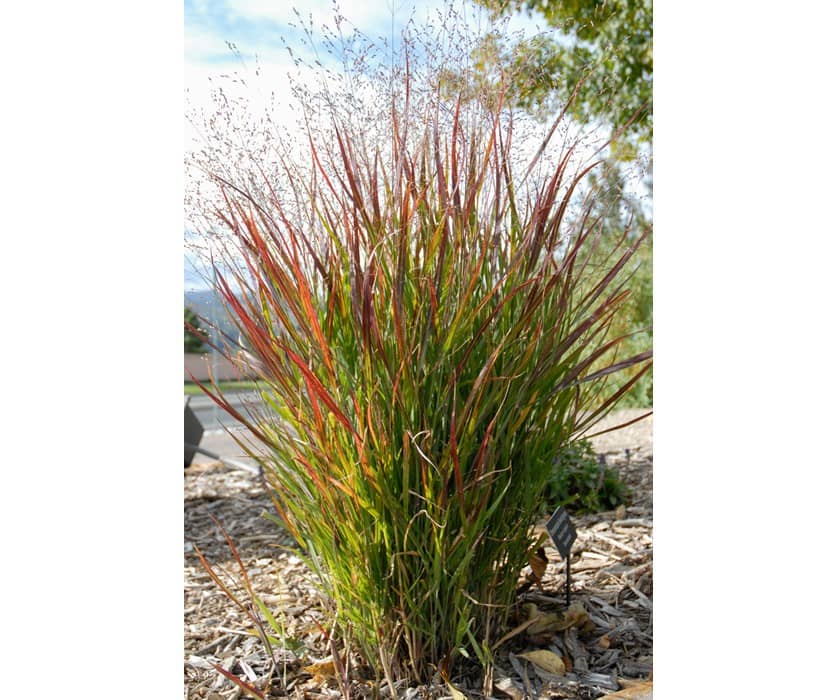
Boxwood and Holly
Buxus Buxaceae (Boxwood)
Boxwood and holly are ideal for creating hedges and borders, adding structure and symmetry to the garden. Boxwoods are drought tolerant and easy to care for.
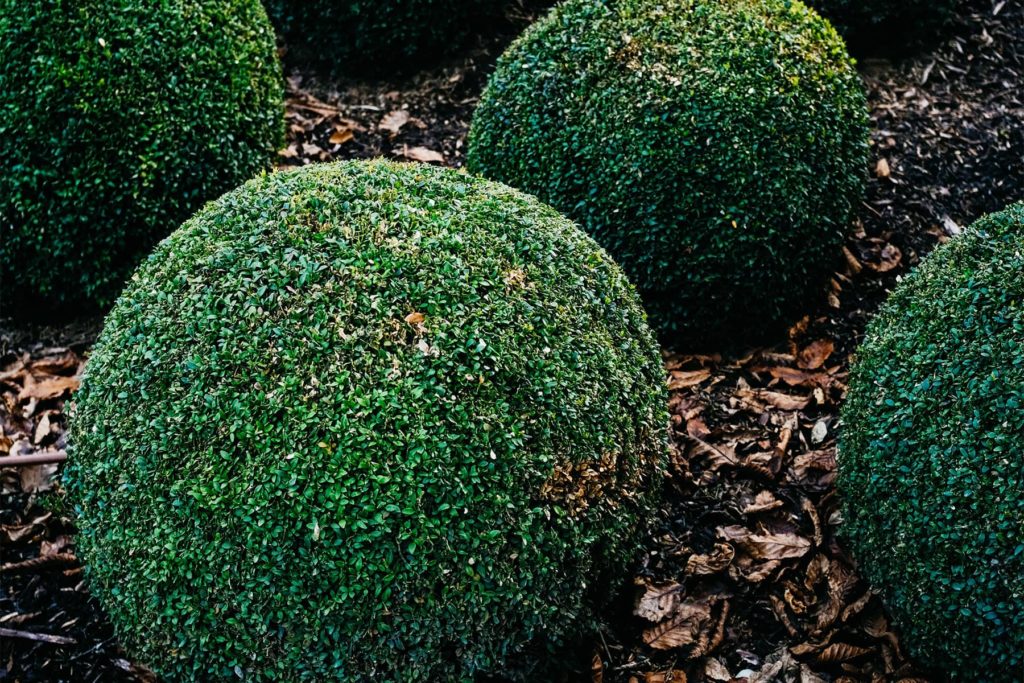
Evergreens
Pinus Flexilis (Vanderwolf Pine)
Evergreens, such as pine and cedar, offer year-round interest with their lush foliage. Pines, such as the Vanderwolf Pine, offer year round color and have unique soft bristle needles giving a soft textured appearance.
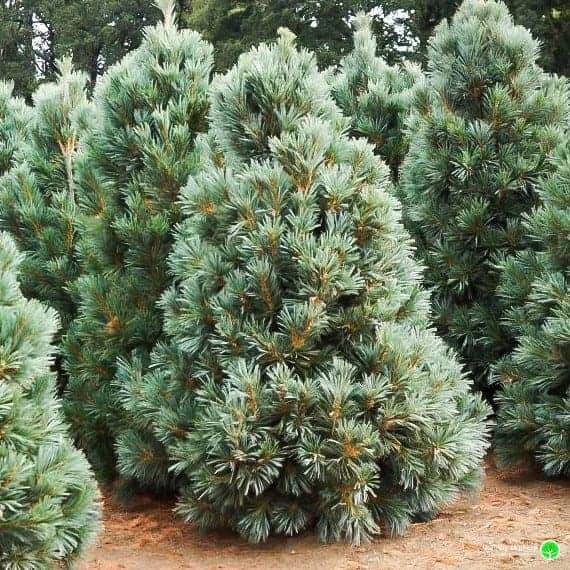
Ornamental Trees
Malus 'Spring Snow (Flowering Crabapple)
Ornamental trees, like Japanese maples or flowering cherry trees, can serve as focal points, adding height and elegance. In spring, crabapple trees burst into a vibrant display of delicate pink or white blossoms, adding a touch of enchantment to the landscape.
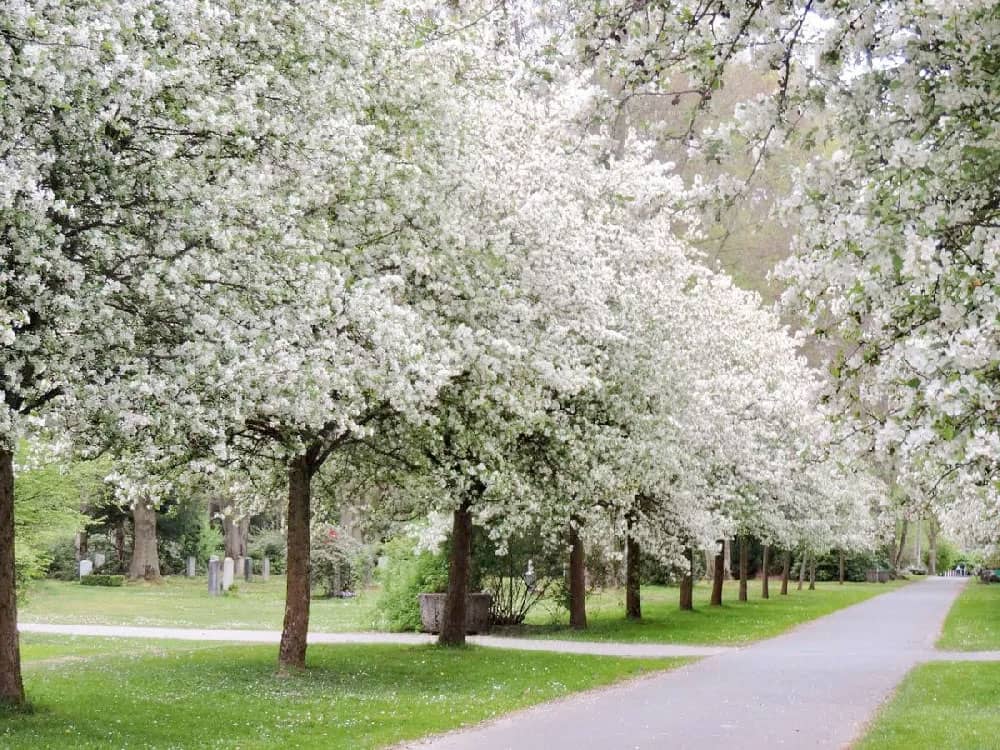
Colorful Perennial Flowers
Asparagaceae (Hosta Undulata)
Daylilies and hostas are great choices for adding pops of color and lushness to the landscape. Hosta undulate is a shade-loving perennial plant known for its large, wavy-edged leaves and elegant, bell-shaped flowers.

Lavender and More
Lavandula angustifolia (English Lavender)
Lavender, petunias, marigolds, and zinnias can be used for vibrant and fragrant flower beds, while impatiens and coleus plants can be utilized for their colorful foliage. English lavender, also known as Lavandula angustifolia, is a fragrant herb that is native to the Mediterranean region and is prized for its calming scent and medicinal properties.
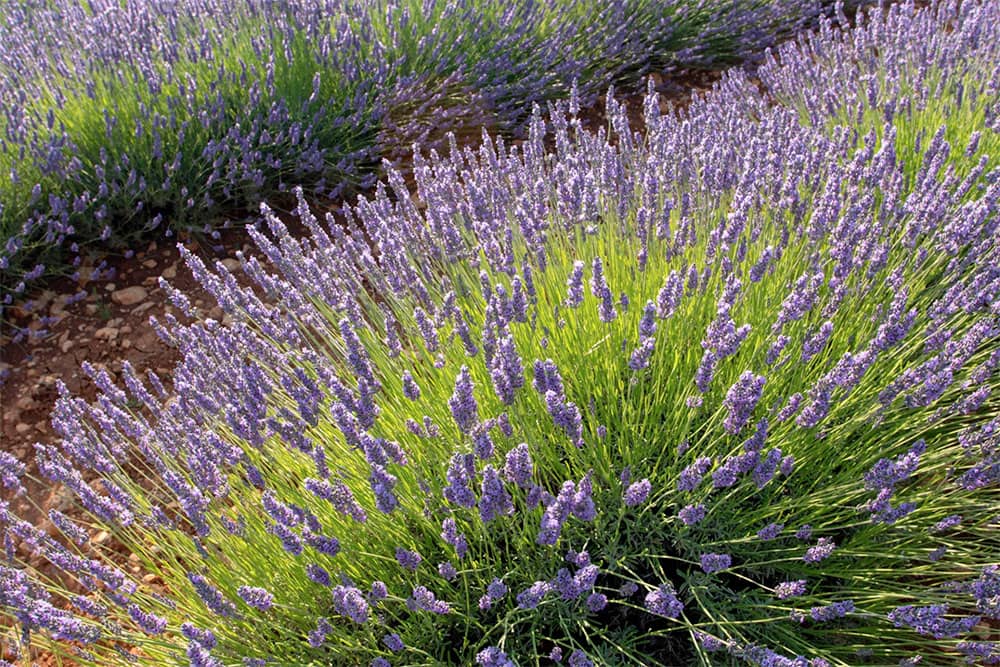
Butterfly Attractors
Buddleja (Butterfly Bush)
To attract butterflies and hummingbirds, a butterfly bush can be included, while the fragrance of lilacs can enhance the sensory experience of the garden. Also known as Buddleja davidii, it is a flowering plant that attracts various species of butterflies with its fragrant nectar-rich flowers.

